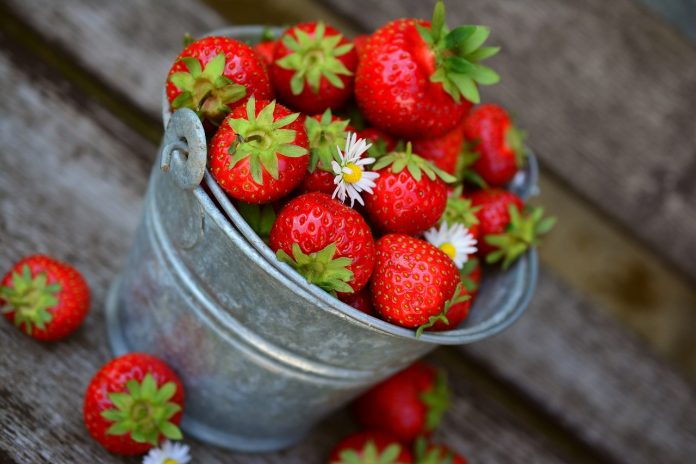
I have an 11-year-old son who has a constant stomach ache. It doesn’t seem to bother him except at bedtime. He goes through the day fine, but at bedtime – or close to it – his stomach hurts. I have taken him to the doctor several months ago with this problem, and he concluded that he had “cranky” bowels. We did a routine of enemas (3 times) and milk of magnesia for 2 weeks to get him regular and the stomachaches seem to go away. He still goes to the bathroom regularly – usually at least 1 time a day. I just don’t know what to do.
Should I try a bland diet for a while? Should I take him to an internal medicine doctor? Any suggestions will be greatly appreciated.
It is excellent he is getting medical attention. However, I have never heard a diagnosis of “cranky bowels”. Did your son’s doctor say he was constipated?
Just because your son has a bowel movement once a day does not mean that he isn’t constipated. Do you know or can your son describe the consistency and color of his stool? If it is small balls of stool stuck together, that is constipated stool. Normal stool consistency can vary from firm to very soft and any shade of brown color. Diarrhea is brown water sometimes with pieces of brown stool.
Sometimes when a child experiences constipation, they learn to hold stool rather than trying to pass a painful bowel movement. Enemas and milk of magnesia are not permanent solutions for constipation. A bland diet, which is no longer used, limits fresh fruits, vegetables and whole grains which would increase constipation. The following are a few useful dietary changes to consider.
If the problem is constipation, aim for:
- regular meal times
- daily physical activities
- an adequate amount of sleep each night
- adequate fluid so that his urine is colorless after the first-morning urine
- adequate dietary fiber which is 31 grams per day for an 11-year-old male
Dietary fiber is necessary for regular soft stools. Fruit, dried beans, and oatmeal are very good sources of soluble fibers called pectin or gums that hold more water in stool and results in a softer stool. Bran and cereal fiber are good sources of insoluble fiber and adds bulk to stool and results in larger stools.
Some good fiber sources include:
- Whole Grains: whole wheat bread, bran cereals like All Bran (try the flakes) or Raisin Bran, buckwheat pancakes, cornbread, couscous, brown rice, oatmeal, barley (soup)
- Vegetables: cooked beans (navy, baked, kidney, pinto, black, refried, lima, white, garbanzo, great northern, soybeans, chili), black-eyed or split peas, lentils, bean soup, artichokes, green peas, mixed vegetables, pumpkin, spinach
- Fruits: dried fruit like dates (try Medjool) or prunes, Asian pears, berries (raspberries, blackberries, blueberries, strawberries), oranges, bananas, apples
- Nuts & seeds: chestnuts, almonds, pistachio, coconut, sunflower seeds, hazelnuts or filberts, pecans, peanuts, mixed nuts, macadamia, Brazil, walnuts
- Mixed dishes: pasta with meatballs in a tomato sauce made with tomato paste
It may also be useful for you to assess your child’s emotional stress. Are there any activities at school or home contributing to a high-stress level which may be upsetting your son’s stomach?
Another consideration could be H-Pylori (Heliobacter Pylori) bacteria that causes ulcers. This bacteria infects the valve at the bottom of your stomach where it connects with your small intestines. People with stomach ulcers often complain of stomachaches, but persons with ulcers in the first part of their intestines (duodenal ulcers) don’t usually experience pain. There is a blood test (blood titer) that your doctor can run if he/she hasn’t already to confirm H-Pylori which can easily be treated with antibiotics.
Lastly, if your son’s symptoms do not improve, make an appointment to see his doctor after 1 week.
Disclosure: I have provided media services about fiber for Kellogg’s All-Bran.



